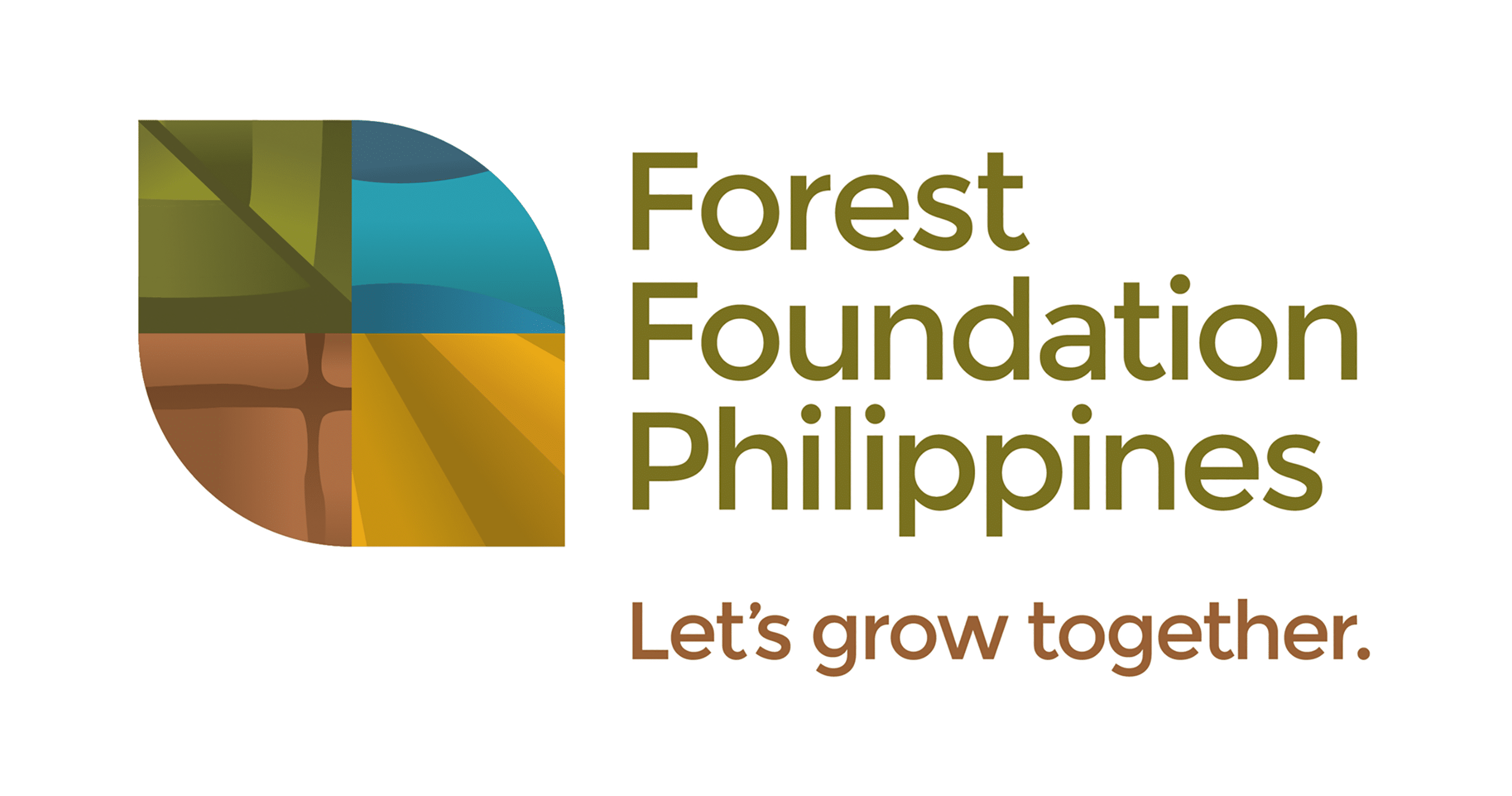IMPACT
About the Results Framework 2017-2021
Forest Foundation crafted a medium-term Results Framework for 2017-2021 for the effective implementation of the 10-year agreement (TFCA2). Under the framework, the Foundation identified four focal landscapes: Sierra Madre, Palawan, Samar and Leyte, and Bukidnon and Misamis Oriental. It also adopted the Sustainable Landscape Approach to guide supported projects in accomplishing the following objectives:
- Establish large scale participatory and coordinated strategies to natural resource management;
- Increase understanding on management decision impacts on forest ecosystem products and services;
- Mitigate climate change by reducing emissions from forest degradation and deforestation (REDD+) consistent with the Philippine National REDD-Plus Strategy; and
- Ensure the satisfaction of local needs while contributing to national commitments and global targets
To further achieve its goals and objectives, it structured its Program Plan into four immediate outcome areas – Grow Forests, Grow Livelihoods, Grow Partnerships, and Grow Advocates.

To assess the Foundation’s overall performance in the past 5 years, an External Impact Evaluation was conducted by a third party consultant. Data gathering methods included Desk Reviews, Key Informant Interviews, Focused Group Discussions, and Direct Observation.
Of the 317 projects supported by TFCA2 as of 2021, 45 projects were selected for evaluation. These consist of completed and ongoing projects of varying levels of governance, duration, grant size, and target outcome areas.
After extensive evaluation, the results showed a high level of implementation of projects with outputs consistent with the Sustainable Landscape Approach and the Results Framework’s target outcomes. Moreover, the four Outcome Areas in the project design contributed to a participatory approach to forest conservation and livelihood development, anchored on multi stakeholders’ engagement, local and scientific knowledge, and community awareness.
Grow Forests
Enhancing forest ecosystems that provide products and services
Of the 45 projects sampled, 75.6% achieved its target outputs under this Outcome Area. Some of the project outputs include the restoration of 1,595.80 ha of degraded natural forests, the protection of 44,000 ha of forests, protected areas, and natural parks through regular forest patrol by Bantay Gubat patrollers and community volunteers, and engagement of local communities in nursery establishments for tree planting.
Capacity building activities were also provided to various stakeholders to increase involvement in planning and decision-making. These enabled the inclusive development of Resource Management Plans, Watershed Management Plans, and Ancestral Domains Sustainable Development and Protection Plans (ADSDPPs) which were further integrated into the LGUs’ plans.
Grow Livelihoods
Improving community livelihoods
Of the projects sampled, 94% achieved their target outputs. Livelihood interventions include the establishment of financing mechanisms to ensure the sustainability of forest-based livelihoods, the development of Payments for Ecosystem Services (PES) schemes and community savings to protect against vulnerability to risks, the upgrading of facilities and technologies, and capacity building of communities and stakeholders to establish sustainable forest-based livelihoods and enterprises..
Grow Partnerships
Strengthening organizations and institutions
For this Outcome Area, 93.3% of the projects sampled achieved their target outputs. Network building was a priority to develop and strengthen local organizations and develop multi stakeholders’ agreements for the protection and sustainable management of forests.
Likewise, the Partners’ Meeting hosted by Forest Foundation in February 2018 in Cagayan De Oro City, served as an important learning and advocacy platform to strengthen partnerships and promote knowledge products and good practices developed by its supported projects.
Grow Advocates
Enhancing knowledge management and advocacy
Of the sampled projects, 91% achieved their target outputs. Advocacy activities include the collection, development, and dissemination of IEC materials, the participatory development of learning modules on environmental conservation for elementary to college students, the conduct of community-level mentoring sessions, and the documentation of IKSPs and inclusion of the Tribal Council of Elders and IP youths in its development.
Forest Foundation’s interventions with its grantees were found to be effective, efficient, relevant and sustainable with resources afforded to grantees commensurate with their target results. Through the projects, appropriate activities were conducted that respond to the priorities and needs of the communities and focal landscapes.
The projects were also found to be aligned with national and local policies and strategies as the Foundation’s Grant Making Process encourages consultations with key local stakeholders from the project proposal stage to ensure the responsiveness and sustainability of its projects.
The Foundation’s interventions were also in support of international agreements and global targets, having direct contributions to Goal 15, (Protect, restore and promote sustainable use of terrestrial ecosystems, sustainably manage forests, combat desertification, and halt and reverse degradation and halt biodiversity loss), Goal 8 (Promote sustained, inclusive and sustainable economic growth, full and productive employment and decent work for all) and Goal 14 (Conserve and sustainably use the oceans, seas and marine resources for sustainable development).
While the Foundation successfully carried out its grant processes, it also acknowledges opportunities for support in the future that will ensure the seamless implementation of its projects.
In summary, the Foundation’s success is a reflection of the intensive work of its staff and stakeholders that prevailed despite the limitations posed by the COVID-19 pandemic.
Altogether, the outcomes from the Results Framework 2017-2021 provides a clear overview of what worked and what needs improvement for it to further achieve its goals in conservation work.
Results Framework, 2017-2021 by the Numbers
317
Projects supported (as of Oct 2021)
4
Focal landscapes (Sierra Madre, Palawan, Samar and Leyte, Bukidnon and Misamis Oriental)
44,038.38 ha
Natural forests protected by projects across focal landscapes
1,595.80 ha
Restored and/or rehabilitated natural forests by projects across focal landscapes
211
Community-based organizations strengthened
108
Community-level livelihoods supported
Source: External Impact Evaluation of Forest Foundation Philippines Projects, 2017-2021 by Land and Governance Innovations, Inc.
